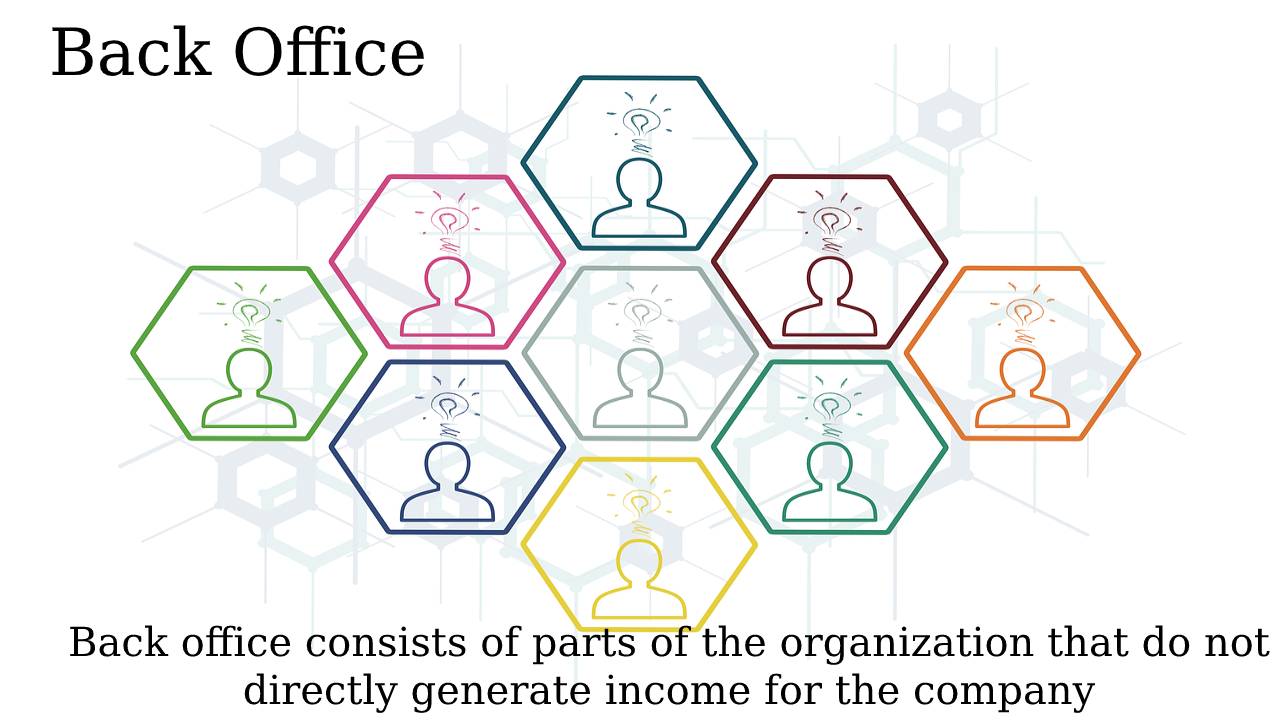Table of Contents
What is a Collective?
A collective is a group of people who work together on a common project without relying on internal hierarchies. Collectives can be large or small.
They can exist temporarily or for a more extended period, and joining them is voluntary.
Any group – be it a social club, an NGO, or a political organization – with a board of directors, a boss, a
manager, a guru, or a president is not a collective.
In our society today, most formal organizations use a classification system that places decisions.
And also, they were making power in the hands of a minority, who then use that power to serve their interests.
Precisely what collectives should prevent
- In collectives, leadership occurs naturally and smoothly. All skills and knowledge are shared and not accumulated by an elite.
- This means that they can exchange duties and responsibilities between members of a collective, which can lift them if someone begins to abuse their power.
- This horizontal structure is a dynamic and essential way to increase member empowerment continually.
- In many ways, collectives are the primary form of organization among anarchists.
- Jointly implemented projects may include magazines, bars, information shops, self-help groups for prisoners, bicycle cooperatives, community gardens, publishers, etc.
Content of a collective agreement
- All necessary mutual rights and obligations arising from an employment relationship are regulated in the collective agreement.
- These are above all regulations about remuneration (minimum salaries or minimum wages), special payments (vacation and Christmas bonus), and working hours.
- The collective agreement aims to define appropriate wage and working conditions for as large several employees as possible and all industries and regions.
- However, a Collective of Back-Office Platform that Caters to Business of one just Landed a Hefty Seed round.
What is the back office about?
- In contrast to the front office, the back office consists of parts of the organization that do not directly generate income for the company.
- They are essential administrative functions that support day-to-day business operations.
- The staff in this section do not typically interact directly with the company’s customers.
- The back office’s primary responsibility is to ensure that all business operations are carried out transparently and efficiently.
- The back office consists of departments such as human resources, operations, IT, accounting, and compliance.
- While some organizations might argue that front office people and processes are a higher priority since they generate revenue directly for the business.
- However, the industry would not function without back-office teams and processes.
- Back Office staff design information systems, manage databases, manage the company’s finances, and seek new talent essential to business sustainability.

Back office
- The back office is the part of the company made up of administrative and support staff who have no contact with the customer.
- Back-office functions include billing, approval, record maintenance, regulatory compliance, accounting, and IT services.
- For example, a financial services company consists of three parts: the front office (e.g., sales, marketing, and customer service), the middle office (risk management), and the back office (administration and support services).
Special considerations
- Although back-office employees do not interact with customers, they typically actively interact with front-office employees.
- For example, a manufacturing equipment supplier may seek help from the back office staff to provide accurate inventory and pricing structures.
- Basically, Real estate marketing professionals often interact with sales reps to create exciting and relevant marketing material.
- In contrast, IT professionals regularly interact with all company areas to ensure the systems are working correctly.
- Many non-target college and university business school students see back-office work as an opportunity to gain experience in a company.
- While it might differ from company to company, working in back-office roles differs from the front office.
- Except for corporate credit risk roles, it may not provide a front office with the experience to make that transition.
Back office activities, the weight of compliance
- Another side on which the back-office activities are traveling parallel with the front -end is obedience.
- However, there is a tendency to equate this term almost always only with the European Regulation GDPR.
- Which concerns personal data protection; there are many regulatory compliance demands involved in document workflow internal organizations with Enterprise document management system software.
- Especially in a context like the current one, where the workflow’s digitalization is progressing rapidly, the importance of compliance takes on a strategic key.
- A back-office must comply with a series of measures in line with that required under the law.
- A need that, however, must not jeopardize the fluidity of workflows.
- It is why the technologies that enable the innovation of back-office activities must, at the same time, ensure compliance profiles.
Run HR processes hands-free
- Between ensuring employee safety and well-being and keeping operations hampered by legacy systems, human resources have been put at the forefront of today’s new normal.
- Performance through playing a strategic role in the business to adapt to market changes, human resources must move to the forefront of digital transformation.
- Basically, Intelligent automation makes this step possible right now.
Responsibilities and management tasks of the back office
- Firstly, Support and support the administrative staff in daily operations.
- Secondly, Support and coordinate with the sales and marketing teams.
- Conduct and document market research and report to the marketing department.
- Support of sales staff in the administration and documentation of customer accounts.
- Analyze competing products and generate reports.
- Prepare and balance customer credit.
- Correct discrepancies in customer account balance.
- Assist inventory control staff in keeping inventory records.
- Help the front office staff keep the office space clean and tidy.
- Lastly, Support of the front office in the preparation, planning, and organization of meetings, events, and appointments.

![Content of Collective agreement & office activities [2023]](https://www.webtechradar.com/wp-content/uploads/2021/04/Collective-1200x675.jpg)